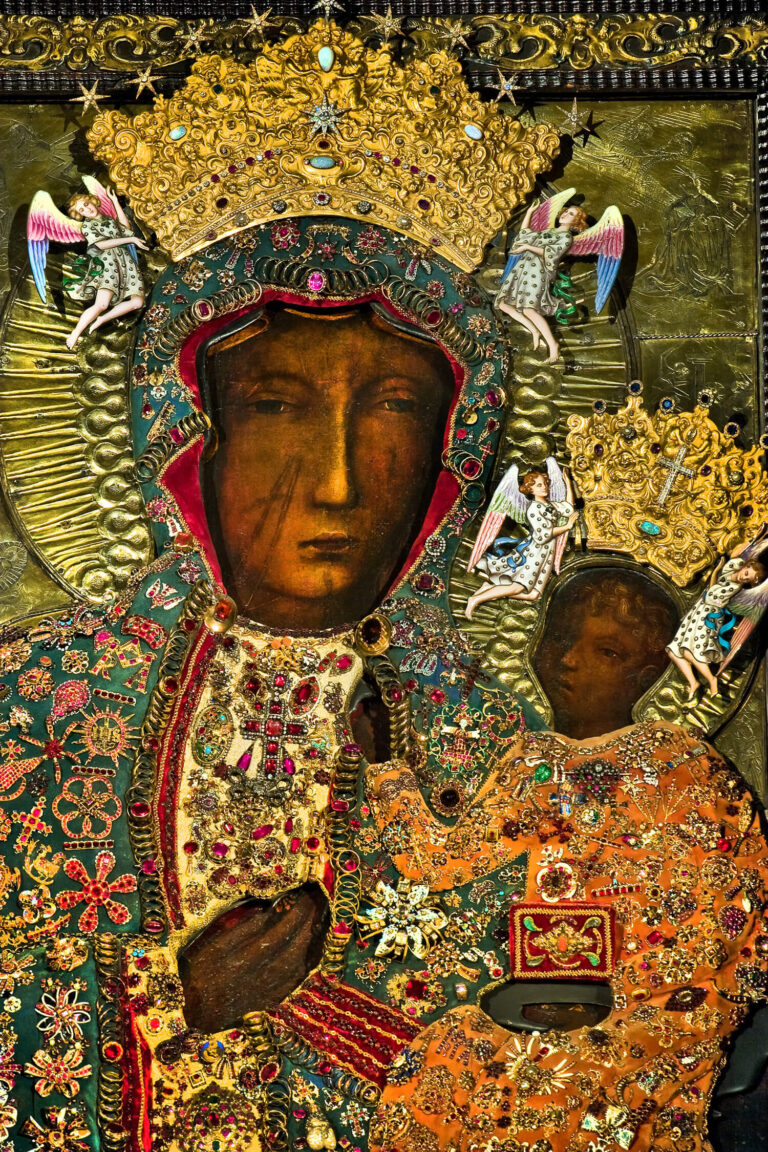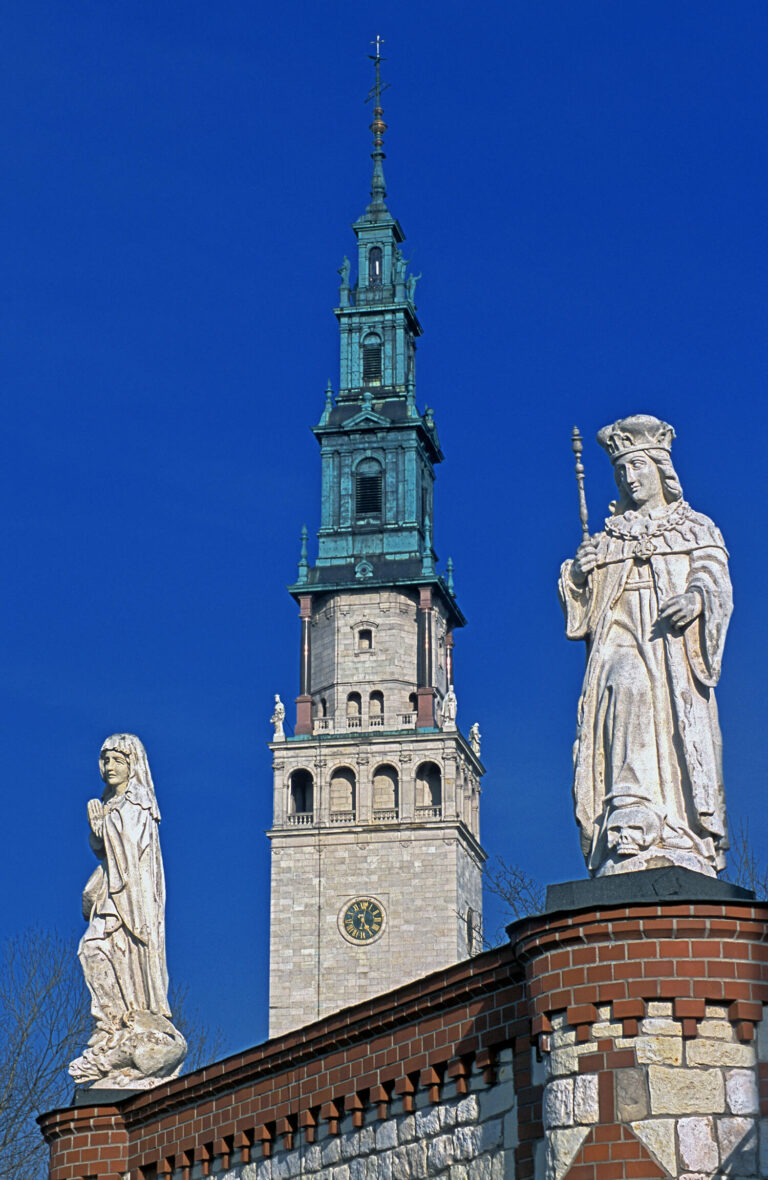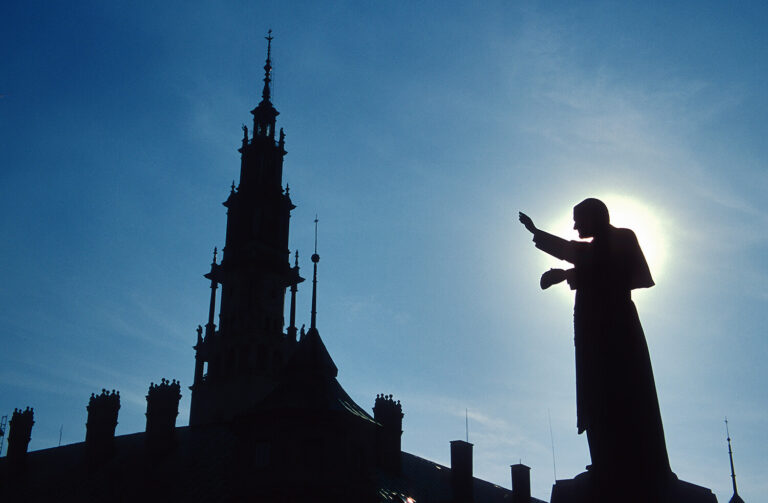Częstochowa - Jasna Góra
Częstochowa is a large city located on the upper Warta River, on the border of the Wielun Upland and the Częstochowa Plateau. It lives in the rhythm of pilgrimages, annually hosts about 4 million pilgrims. Its landscape consists of both the Old Market Square with cat’s heads, as well as blocks from the 70s, magnificent tenement houses and a modern station. The center is Avenue of the Blessed Virgin Mary, where the life of the city is concentrated.
Jasna Góra is located on the west side of the city, once called Old Częstochowa. It can be seen from a distance of up to several dozen kilometers. Located on a hill towering over the city. The history of Jasna Góra is closely connected with the miraculous image. In 1382, the Pauline Fathers from Hungary came to the monastery founded here by Władysław Opolczyk, in which there was a priceless icon. According to tradition, it was brought by the prince from the Bełsk castle in Rus, where it was famous for its miracles.
When the horses stopped at this place, not wanting to move on, the prince left the painting in the church on the hill, to which he brought the monks. In fact, the solemn handover of the painting took place on August 31, 1384. It is not known when the painting was created; tradition associates him with St. Luke, who was to paint the image of the Virgin Mary with the Child on the board of the table at which the Holy Family ate. Three scratches on Mary’s cheek were to appear after the desecration of the icon by robbers (wrongly associated with the Hussites), who stole valuables, broke the painting and abandoned it before entering.
The Pauline monastery is a fortification from a fourteenth-century. To this day, the Chapel of our Lady with a miraculous image has been preserved from this period. The bastion fortress was built in the years 1620-48, which enabled the prior Augustyn Klemens Kordecki (with help of Andrzej Kmicic vel Babinicz) to repel the Swedish onslaught.




